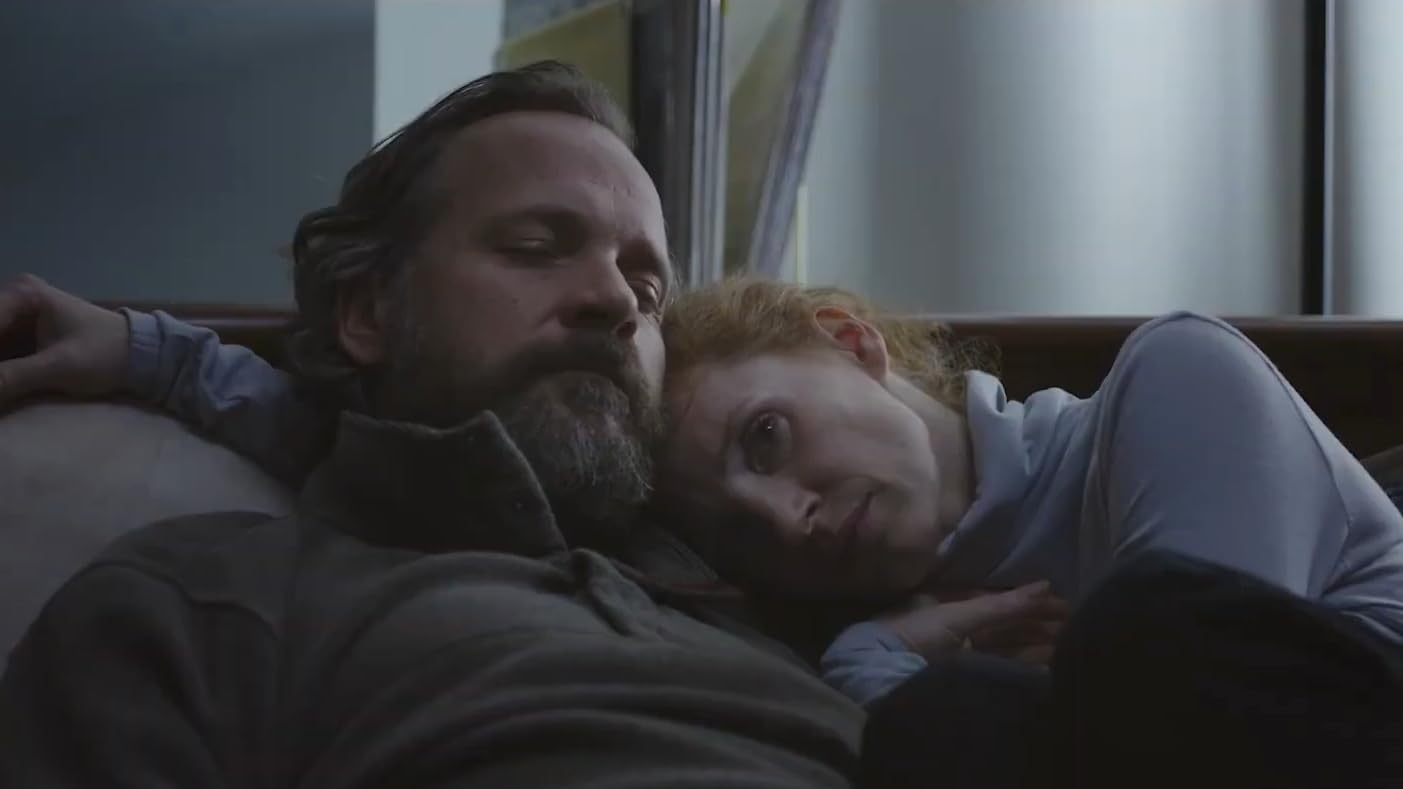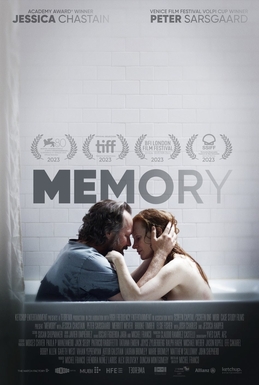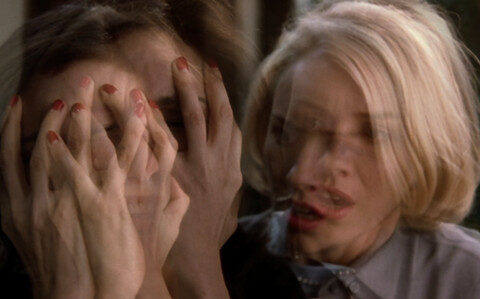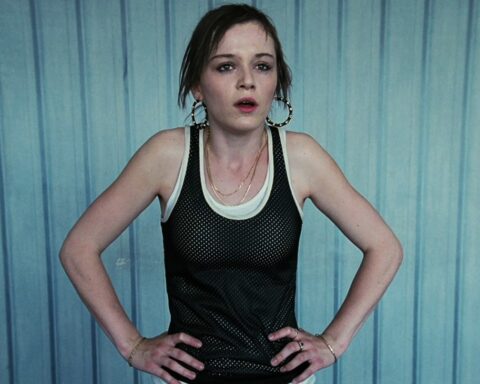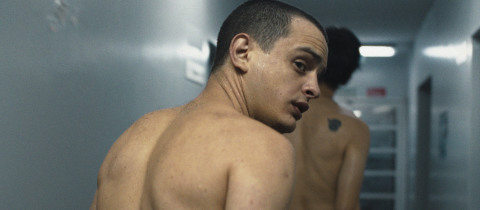Is Memory a Blessing or a Curse?
I recall the past year particularly for the films that focused on memory. Although there are countless ideas on the relationship between memory—ranging from individual memory to collective memory—and concepts such as identity, psychology, and ethics, the discussion seems endless. Thus, it’s no surprise that with the continuous stream of films on this topic, we are given the chance to explore memory from different perspectives, in a sense refreshing our own memories.
Setting aside wordplay, when I think of the year 2023, the first film that comes to mind is Close Your Eyes (CERRAR LOS OJOS, Victor Erice). After watching the film, guided somewhat by Maeterlinck’s thoughts, I found myself asking: “When our memory and recollections are gone, what remains of us?” The beauty of this question is that it can be asked both about a person and a country. In a way, the absence of memory, which defines our identity and carries our past into the present, evokes a melancholic sense of emptiness in the film—like a death experienced before dying. Do countries, like people, die? Or do they continue to live on with a different identity by reconstructing their memories? These are intriguing questions.
Another film I can mention is Hoard (Luna Carmoon). The protagonist, a young woman with psychological issues, initially recalls her mother with a bright impression through small triggers like the tip of a pool cue chalk or light filtering through a window, but this memory gradually transforms into a curse. In addition to such emotionally charged narratives, there were also films in 2023 that approached the subject with satire and humor. For instance, Do Not Expect Too Much from the End of the World (NU AŞTEPTA PREA MULT DE LA SFÂRŞITUL LUMII, Radu Jude), which tracks the memory of a country or a city, offers moments of laughter, but calling it a joyful film would be inaccurate.
What stands out in the different films I’ve mentioned is the common theme of the loss of memory. Michel Franco’s Memory (2023) tackles this subject from both angles, portraying memory as both a lost blessing and a curse that imprisons individuals.
The film’s protagonist, Sylvia, who views memory as a curse, has been a member of Alcoholics Anonymous for 13 years. Her isolated life with her daughter and sister is upended one night when she attends an event organized by her alma mater. There, she encounters a man named Saul, who first sits next to her and later follows her to her doorstep. The mystery surrounding Saul gradually unfolds alongside the nightmare from Sylvia’s past. Saul represents the aspect of the film that treats memory as a lost blessing. Due to a disorder that affects his recent memory, Saul, who lives with his brother because he needs constant care, is deeply moved by Sylvia from the night they meet. Despite initial resistance, Sylvia, who is also a social worker, eventually finds herself becoming Saul’s caretaker.
Up to this point, the film balances ambiguity and reality well, especially in the introduction of Sylvia’s character. The nuances of how her trauma affects her behavior are captured skillfully. For instance, the numerous locks on her door and the alarm she constantly keeps running can easily be linked to the neighborhood she lives in. From another perspective, her door represents the protective barrier Sylvia has locked herself inside. Each time she locks the door or hears the sound of the alarm, we also hear the sound of the door she has metaphorically locked over her heart. Additionally, whenever she senses fear or the onset of an anxiety attack, she immerses herself in daily tasks like cleaning the house or washing dishes—another beautifully captured trait related to anxiety disorders. The typical characteristics of children who mature early due to their anxious mothers are also well-reflected in Sylvia’s daughter. The incomprehensibility of trauma, no matter how close one is, is depicted in Sylvia’s sister’s husband. Sylvia is very familiar with a home where difficult topics are not discussed, substance abuse is avoided as a subject, and childhood sexual abuse is approached as a taboo because she lived in a similar one during her own childhood behind closed doors. Yet, in the scene where Sylvia has a breakdown and seeks help from her sister Olivia, Merritt Wever, who plays the sister, delivers an extraordinary performance. The helplessness of the younger sibling who witnessed the sexual abuse, the unresolved childhood thoughts that surface when she says, “I thought my father didn’t love me as much as he loved her”—these are elements that psychotherapy sessions cannot do without. It feels as though a child is speaking, no matter person’s real age, and this never changes. Somewhere inside us, there is a childhood memory waiting to be remembered, and if that memory is painful, it is our childhood self that narrates it, not our adult self. In my view, the pinnacle of the film was the sister’s dialogues. Beyond this scene, although not as intense as her sister’s, how her trauma manifests externally was another subtle beauty that the film doesn’t overtly highlight but keeps in the background. Her character, who gets along with everyone, is overly extroverted, and unable to stand up to her dominant mother or her controlling husband, added a brilliant touch to the film.
However, alongside these truly successful elements, the film also has significant weaknesses. The ease with which Sylvia and Saul fall in love, the unquestioning opposition of Saul’s brother to this relationship despite not wanting him to be alone, the somewhat unconvincing portrayal of Saul’s selective memory, and the overly simplistic resolution to a quickly complicated plot with a happy ending—these are some of the aspects that undermine the film’s overall success. The effortless harmony between Sylvia and Saul could be likened to the fit between a lock and key. The idea of a key that fits a lock symbolizing the imprisonment of an inescapable past is intriguing, but its execution feels rushed and filled with gaps. It’s particularly worth noting that Saul’s dementia is not as well-developed as Sylvia’s memory imprisonment. Even Peter Sarsgaard’s excellent performance isn’t enough to fill the gaps in his character. While gaps in films can sometimes provide the audience with space to reflect, when not used correctly, as in this film, they can lead to a lack of emotional depth and meaning. Using the metaphor some writers employ for stories as buildings, there are elements such as load-bearing columns, intentionally left empty spaces, and windows that allow light in, in a building constructed on a foundation (concept). You can build a classic structure or try something entirely new. This film rises on a solid foundation—a strong concept that explores memory as both a lost blessing and a curse, with an added key-and-lock relationship between the characters. The film also dazzles with its fine craftsmanship, from the acting to the character details. However, it suffers from serious issues with its load-bearing columns, making it a weak structure. As you walk through the film, you admire the door frames and plaster ceilings, but then you encounter a crack (gap) in a column that causes you to lose confidence—perhaps the most fundamental expectation from a home is the ability to feel safe within it. Unfortunately, what Michel Franco’s latest film lacks is precisely that.

